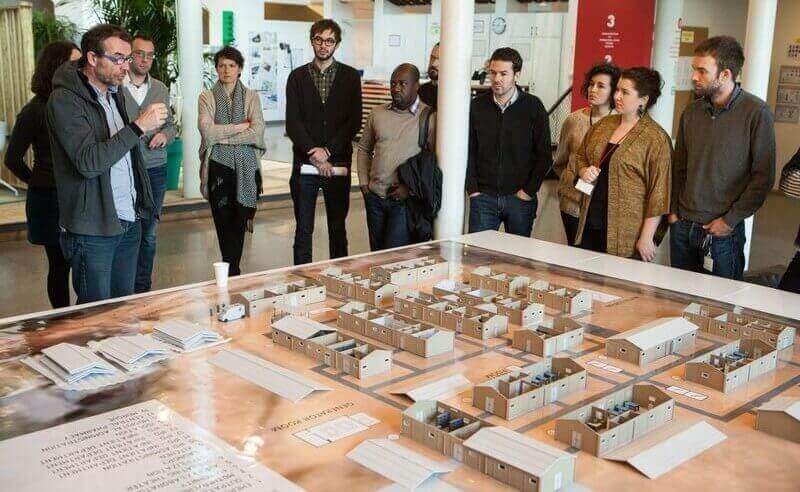Doctors Without Borders plans to use 3D Printing and Virtual Reality to design and implement hospitals faster for crisis response.
Doctors Without Borders — otherwise known as Medecins Sans Frontieres — doesn’t shy away from a challenge. They do what it takes to get medical attention to people in need, even in dangerous areas.
And with a little help from design firm Pyxis, they’ve been investigating technologies like 3D printing and virtual reality to make their operations work faster and more smoothly.
Earlier this year, Doctors Without Borders partnered with Pyxis and created a 3D model of a hospital the group had set up in the Philippines, following the 2013 typhoon Haiyan. They also created a 3D game engine that allowed staff to explore the hospital in virtual reality.
This initial project took four months to complete, but Jean Pletinckx, MSF director of logistics, is convinced that 3D models like this will prove invaluable in the long run. He says:
“Such technologies will undoubtedly make discussions more efficient, more vivid and more graphic. They will allow people to really see themselves inside our future hospital and this will improve hospital design as well as training and briefings. It will also allow our partners, like local ministries of health, to better understand what we can provide and better feedback on our suggestions.”
Watch the video for the full lowdown:
Doctors Without Borders Without Limits
According to MSF technical team leader Elvina Motard, “the idea of this project was really to see how we can make use of 3D printing technologies and virtual reality to help MSF better design our hospitals.”
Although the group can set up hospitals relatively quickly, the process still takes several months. The medical team and designers work together to create the clinic’s infrastructure, going through several drafts. 3D printing and virtual reality, however, could add a new, dynamic layer to the process.
Rather than relying on 2D models and some imagination, 3D printed models will help designers and doctors better imagine the space. They can fully grasp the flow of patients and staff, and what kind of materials should be used.
Plus, when these models are easier to understand, the entire design process could be expedited. Motard expects that 3D printing and virtual reality could cut weeks or even months off of large-scale projects. Pletinckx adds:
“As the project develops further, it will be possible to create a dynamic environment, simulating patient and staff movements. We are at a stage now where our staff will really be able to feel or see what they will face in the field before they leave and indeed, even before the structure is built. There is no doubt that this is the way we will work in the future.”
As designers and doctors become more comfortable with the software and as 3D printing continues to develop, Doctors Without Borders will be able to create, explore and re-design models quickly.
Now, the next step should be 3D printing those Doctors Without Borders hospitals to 100% scale at full size!
(Via: Curbed)

License: The text of "3D Printing Helps Doctors Without Borders Build Hospitals" by All3DP is licensed under a Creative Commons Attribution 4.0 International License.